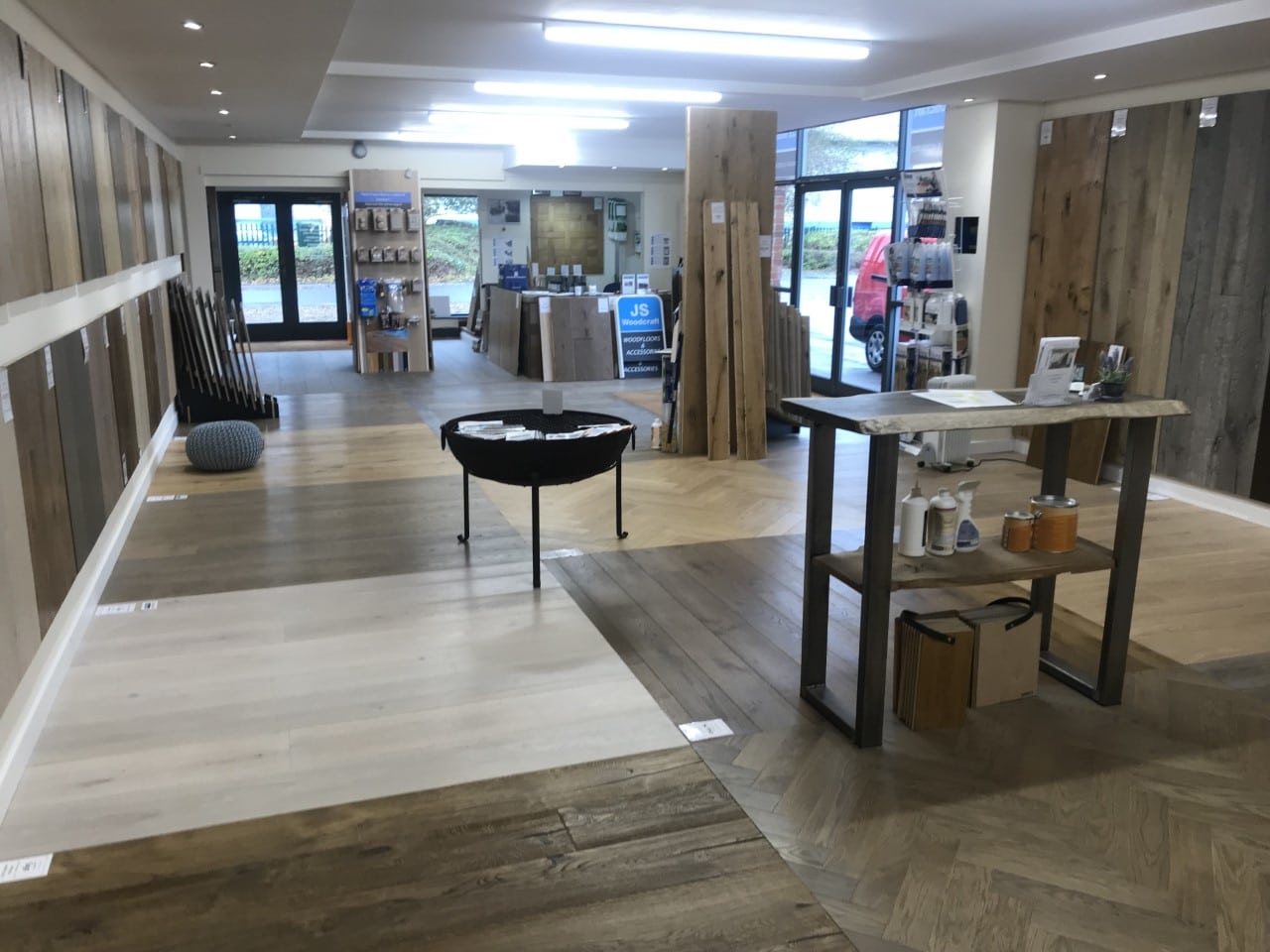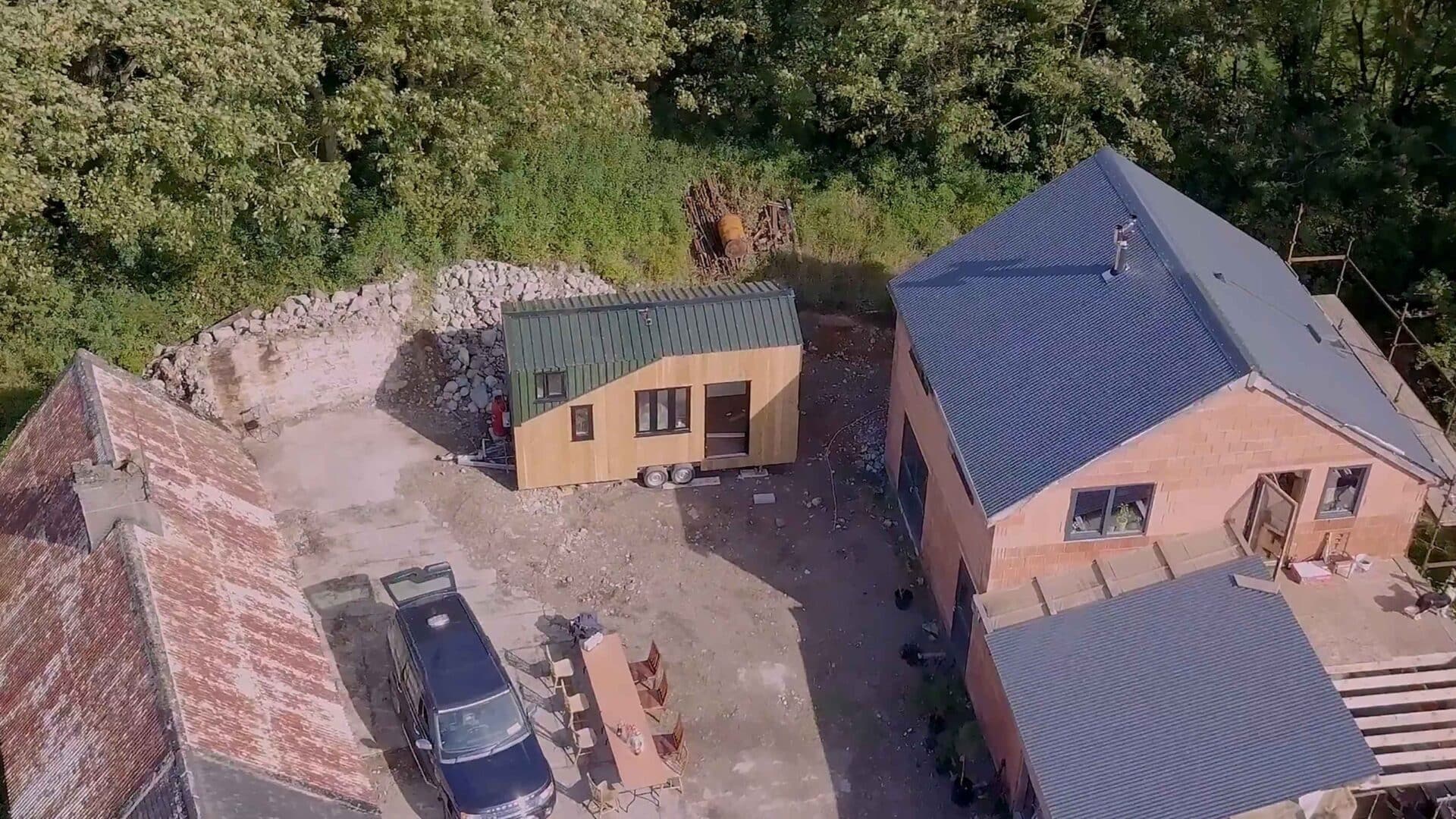Quality, standards and certification schemes
The manufacturing of plastic is toxic and during its lifetime it emits VOCs. Much as with carpets, there are no widespread labels in Ireland to turn to, as is the case for sustainably forested wood for example. Product performance and environmental credentials can however be gauged thanks to European standards and independent certification schemes which apply to all types of floor coverings.
Durability and convenience
These options are soft underfoot and not easily affected by heat or damp, although prolonged sunshine can cause fading. Cheaper than harder materials, they do not wear as well. In the case of vinyl, in frequently used areas it may therefore be wiser to use the tile form, which you can replace, rather than a sheet. Buy some extra when laying the floor so that if the pattern, style or colour are discontinued you are still able to do spot repairs.
Vinyl can feel cold underfoot and will get slippery, as will linoleum. Linoleum is naturally anti-bacterial, resistant to fading, grease and oils, flame retardant, anti-static, anti-slip, suitable for use with underfloor heating and warm underfoot. Natrual linoleum can last from 15 to 40 years if cared for properly, i.e. floor must be swept regularly, stains removed quickly; heavy furniture may dent the floor. Solvent-free adhesives are recommended when laying.
Cost
Vinyl flooring can cost as little as €8/£5 per m2 but for better quality you could be looking at €25/£20 per m2. Linoleum typically costs from €13/£15 to €53/£20 excluding VAT and requires specialist fitting. Rubber costs from £25 to £65 per m2 (from the UK) excluding VAT.
VOCs
Plastic is present in the majority of buildings materials and interior finishes, whether as PVC, polyurethane, vinyl, acrylic or resins, binders and finishes, i.e. the materials many floor coverings and floor adhesives are made of. Plastic is in fact an unstable material, one that releases toxins into the air (volatile organic compounds, or VOCs) over its entire life span.
Vinyl actually is one of the most poisonous plastics produced, creating a large amount of chemical and water waste. (The vinyl shower curtain ‘just out of the packet smell’ or ‘new vinyl flooring odour’ is the smell of concentrated levels of chemical offgassing.) At the end of its lifespan, it does not degrade and cannot be recycled easily, lying in landfill leaching toxins into the ground and waterways. In the home, the toxins build up in your body from continual exposure through the skin and inhalation. Even though the long term health effects of plastic are unclear, according to a number of studies, continual and concentrated exposure to them may lead to birth defects, nervous and immune system damage, as well as cancer.
VOCs are among the most common form of indoor air pollution, the most notorious being formaldehyde, found in sealants and adhesives. But there are other pollutants that affect us too. For instance, the major constituent of creosote, used for timber impregnation, is naphthalene, which is proved to affect the respiratory tract. According to a research project called Pharos, which evaluates construction products according to how environmental they are (includes measurement of VOC and other pollutants), high performance coatings, flooring adhesives, carpet backings, composite wood (engineered and laminated wood flooring) and resilient flooring (vinyl, rubber, resin, linoleum) tend to contain polyurethane layers which are at the source of the known carcinogen MDA. As we build our homes ever more airtight, it’s important to note that the concentration of indoor pollutants is rising so a robust ventilation system has become a de facto requirement on new builds, not only to deal with VOCs but also with pollutants and other problems related to high humidity levels.
Peter Bonsall, Gillian Corry, Nicola Jones, Astrid Madsen and Mark Ramuz
Further reading: “The Complete Book of Flooring” by Laurie Williamson, Crowood Press (2004) ISBN 1-86126-657-X www.crowood.com






